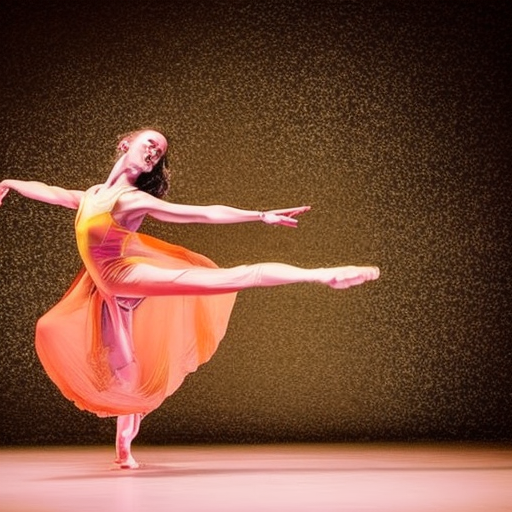Summary: Contemporary dance is a genre of dance that emerged in the mid-20th century and continues to evolve today. It is characterized by its versatility, blending various dance styles and techniques to create unique and expressive movements. Contemporary dance emphasizes freedom of expression, improvisation, and the use of the body as a tool for storytelling. It has become a popular form of artistic expression and is performed in theaters, festivals, and dance studios worldwide.
Origins and Influences
Contemporary dance emerged as a response to the rigid structure and rules of classical ballet. Influenced by modern dance pioneers such as Isadora Duncan, Martha Graham, and Merce Cunningham, contemporary dance sought to break away from traditional forms and explore new possibilities of movement. It incorporated elements from different dance styles, including ballet, modern dance, jazz, and ethnic dance forms, to create a more fluid and expressive movement vocabulary.
Techniques and Characteristics
Contemporary dance is known for its emphasis on versatility and experimentation. Dancers are encouraged to explore their own unique movement styles and to challenge the boundaries of traditional dance techniques. Unlike classical ballet, which focuses on precise and codified movements, contemporary dance encourages improvisation and the use of the body as a tool for self-expression.
Contemporary dance often incorporates elements of floor work, release technique, and partnering. Floor work involves movements performed on the floor, allowing dancers to explore different levels and dynamics. Release technique focuses on using the body’s natural weight and gravity to create fluid and organic movements. Partnering involves the interaction and connection between two or more dancers, creating intricate and dynamic duets or group choreography.
Themes and Concepts
Contemporary dance is often used as a medium for exploring a wide range of themes and concepts. Choreographers and dancers use movement to convey emotions, tell stories, and comment on social and political issues. The themes explored in contemporary dance can be deeply personal or universal, addressing topics such as identity, relationships, gender, race, and environmental concerns.
Contemporary dance also embraces interdisciplinary collaborations, incorporating elements from other art forms such as music, visual arts, and theater. This interdisciplinary approach allows for the creation of multi-dimensional and immersive performances that engage the audience on multiple levels.
Performance and Choreography
Contemporary dance is performed in a variety of settings, ranging from traditional theaters to site-specific locations. Choreographers often collaborate with composers, visual artists, and costume designers to create a complete artistic experience. The choreographic process in contemporary dance is often collaborative, with dancers contributing their own ideas and interpretations to the creation of the work.
Contemporary dance performances can be abstract and non-narrative, focusing on the exploration of movement and the body. They can also be narrative-based, telling stories through movement and gesture. The use of multimedia and technology is also common in contemporary dance, with projections, lighting, and interactive elements enhancing the overall performance.
Impact and Popularity
Contemporary dance has gained popularity worldwide and has become an integral part of the dance scene. It is taught in dance schools and universities, and many professional dance companies specialize in contemporary dance. Festivals dedicated to contemporary dance showcase the work of both established and emerging choreographers, providing a platform for innovation and experimentation.
Contemporary dance has also influenced other art forms, such as theater, film, and music videos. Its emphasis on individual expression and the breaking of traditional boundaries has had a significant impact on the way dance is perceived and practiced today.
In conclusion, contemporary dance is a versatile and expressive art form that continues to evolve and push the boundaries of movement. It combines elements from various dance styles and techniques to create a unique and personal form of artistic expression. With its emphasis on freedom of movement and storytelling, contemporary dance has become a popular and influential genre in the world of dance and beyond.












